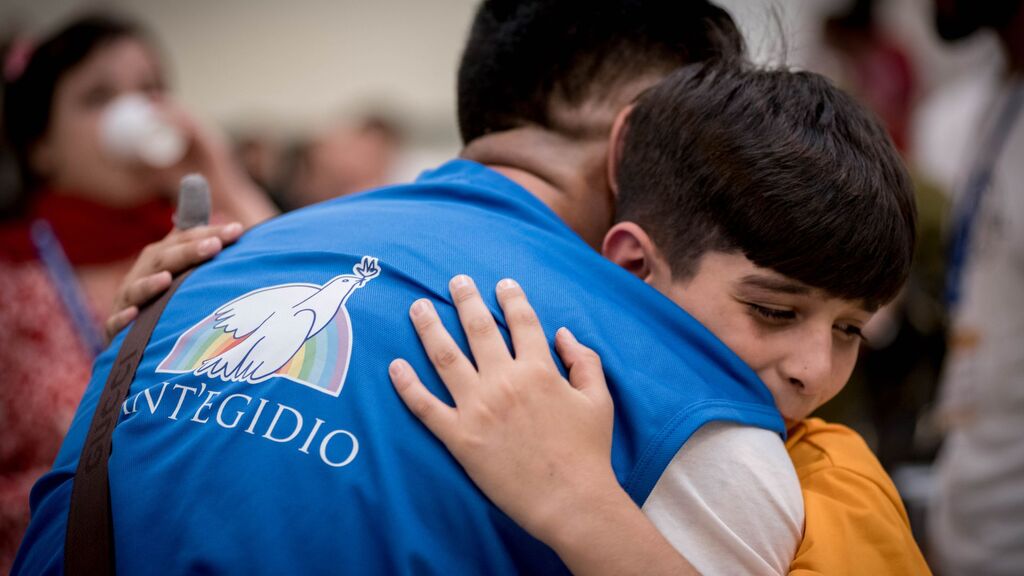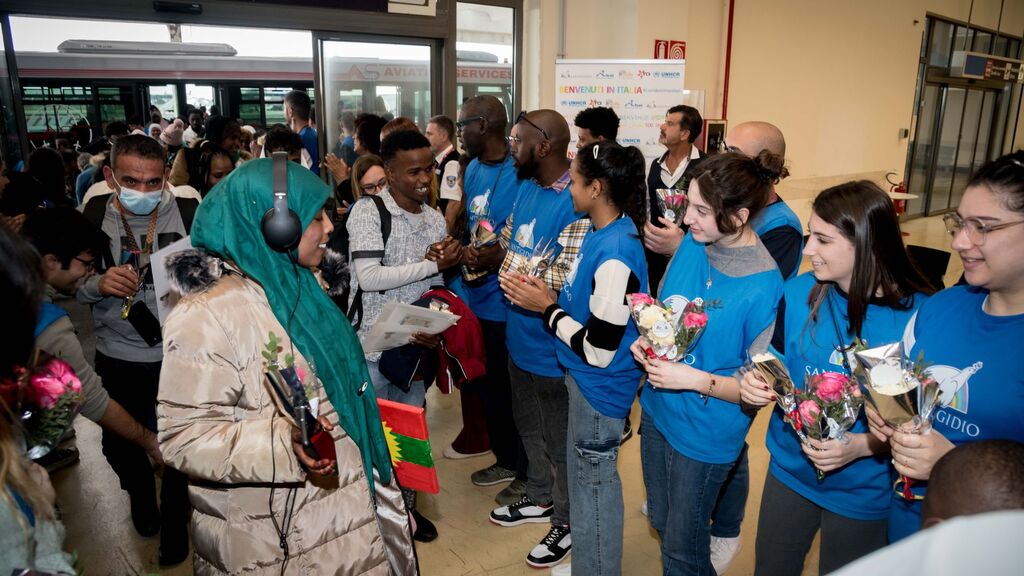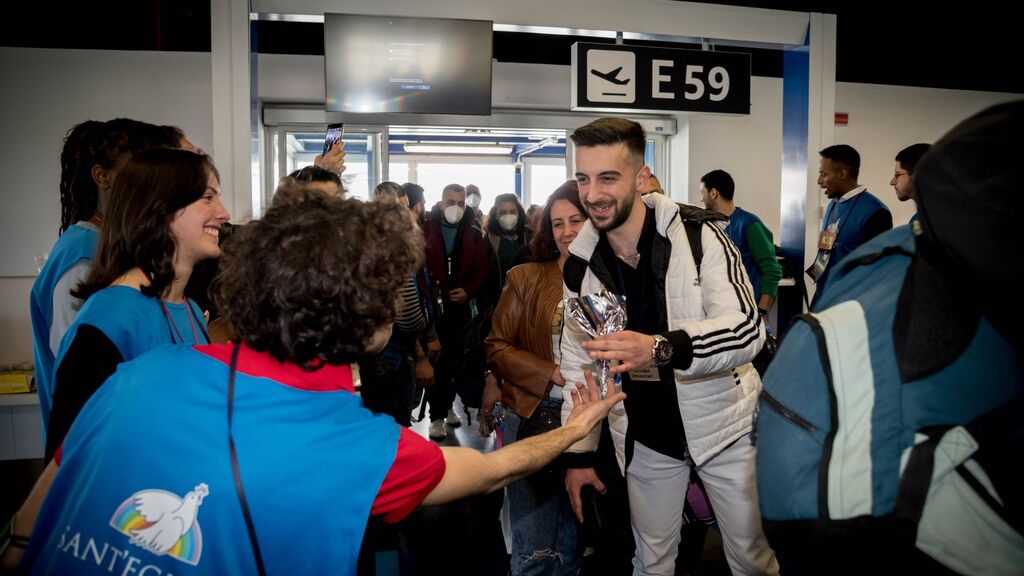Since they were created in 2015, the Humanitarian Corridors have provided safe arrival for several thousand refugees, assisted them in their integration process and given them—especially young people—a new perspective for the future.
The idea of humanitarian corridors developed following the shipwreck off the coast of Lampedusa on 3 October 2013, when 368 people died and around 20 went missing. This disaster made it clear it was necessary to find safe and legal alternative routes for immigration, other than human traffickers, travelling through the desert and dangerous sea crossings. Thanks also to the commitment of some legal experts in European and immigration law, the pilot project of the Humanitarian Corridors was implemented. This completely self-financed project is the result of a Memorandum of Understanding between the Community of Sant'Egidio, the Federation of Evangelical Churches in Italy, the Italian Waldensian Church, the Italian Bishops' Conference-Caritas and the Italian government. The birth of the corridors is exhaustively discussed in the book by Roberto Morozzo della Rocca, ‘Corridoi umanitari. Una risposta a una crisi planetaria’ (ed. San Paolo). From February 2016 to date, 7831 people have arrived, including Syrians fleeing the war, refugees from the Horn of Africa, Greece, Afghanistan and Gaza. In addition to Italy, people have been welcomed in France, Belgium and Andorra. To find out more.
Once they arrive in Italy, the refugees are accommodated in facilities or houses, they are given Italian lessons, they are helped to find work and their children are enrolled in school. This means that the refugees are supported step by step, during their integration process.
Their reception and integration is a ‘gesture of peace’ – as stated by the President of the Community Marco Impagliazzo upon the arrival of some refugees from Lebanon – a positive integration that enriches Italy. It enriches it in particular with young people, who are fleeing war and poverty in search of a better future. They would end up in the hands of human traffickers or terrorist groups if they didn't have a safe way out, such as the humanitarian corridors. Italy and Europe thus ensure a future for them, and young refugees contribute their knowledge and energy to our society.
If young refugees are offered a safe alternative for their future, young Italians are presented with a new way of looking at the phenomenon of migration. Each new arrival of the humanitarian corridors is always met by a group of young people from the Community, who play with the children, offer them food and flowers, and listen to the stories of those who arrive, thus coming into direct contact with the reality of war. A close friendship develops between the young people who arrive and the young people who welcome them, which fosters the integration process and contributes to creating a sense of universal fraternity.
















